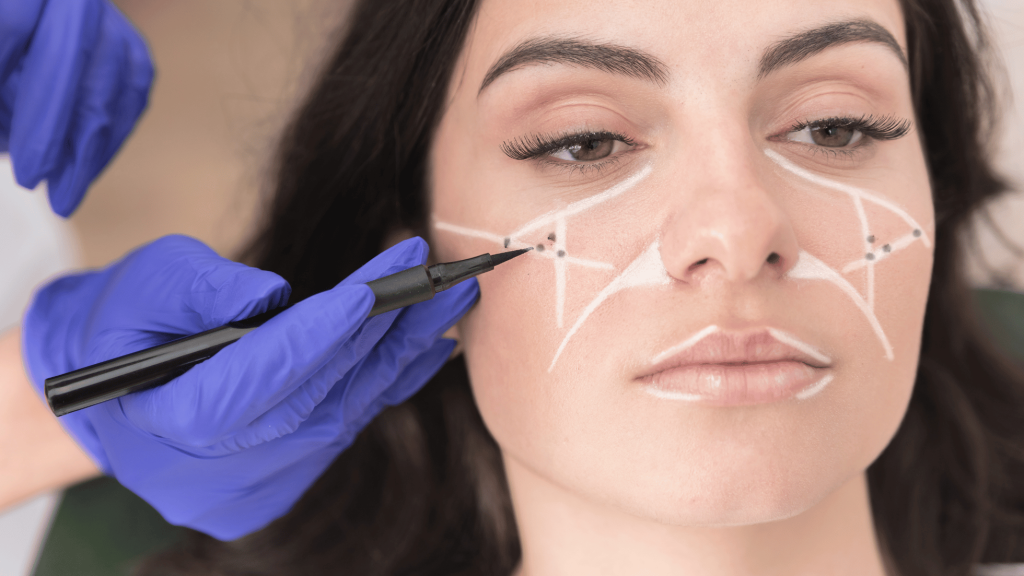
Aesthetic procedures have become increasingly popular, helping people feel more confident and happier with their appearance. Aesthetic treatments are designed to enhance your natural beauty by addressing issues such as wrinkles, scars, or sagging skin. If you’re considering an aesthetic procedure, it’s essential to know what outcomes to expect. We discuss the most common aesthetic treatments and the results you can expect.
Botox
One of the most well-known aesthetic treatments is Botox. This injectable treatment temporarily relaxes the muscles responsible for creating wrinkles and fine lines. Areas where most people have their Botox is the forehead, between the eyebrows and around the eyes.
Once you have had the treatment, you should start to see the results within 2 weeks. Some people start to see the results sooner, but usually it is around then, Botox usually lasts for around three to six months, depending on your lifestyle. At times you may need a top up – some practitioners will offer this for free within the first 2 weeks of the first treatment.
Dermal Fillers
Dermal fillers are another popular injectable treatment that can help enhance your appearance. Fillers are used to add volume to areas that have lost fullness, such as the cheeks or lips. Fillers are also used to smooth out fine lines – such as smokers’ lines, as well as to fill out scars. Results from dermal fillers are usually visible immediately and can last anywhere from six months to two years, depending on the filler used and the area treated.
Chemical Peels
Chemical peels involve the use of a solution to remove the top layer of skin, revealing a fresher, smoother complexion underneath. Having a chemical peel can help with any fine lines and wrinkles you would like to remove or reduce; peels are also great for acne scarring as well as uneven skin tones.
After a chemical peel, you can expect some redness and peeling for several days, but the end result should be a brighter, more even complexion. Chemical peel results usually last for months, however you may need further peels to get the best results – maybe look at having a peel once a month.

Laser Treatments
Laser treatments use focused light energy to address various skin concerns, such as wrinkles, sunspots, acne scars, and redness. The laser works by stimulating the production of collagen, which helps to improve the skin’s overall appearance.
Once you have had a laser treatment you may have some redness and swelling for a couple of days, this is totally normal – however once you have had it done the results will start to show within a couple of weeks. Result length varies depending on the treatment, but usually last for a few months.
Micro-needling
Micro-needling is a minimally invasive treatment that uses tiny needles to create micro-injuries in the skin, stimulating the body’s natural healing process. This process can help improve the appearance of scars, wrinkles, and uneven skin tone.
After a micro-needling session, you may notice some redness and mild swelling for a few days. After that you will start to see an improvement in your skins tone and appearance – it will start to look smoother and more even. For the best results, you may need multiple micro-needling sessions spaced several weeks apart.
The outcomes of aesthetic procedures can vary depending on the treatment chosen and your individual goals. Generally, you can expect to see great improvements in your skins tone, look and feel once you have had an aesthetics treatment, these treatments are designed to help you look younger for longer and reduce the ageing process.
But obviously there is no magic wand and you need to be realistic of the results. Aesthetics is great way to get quick results, however it is not like having a surgical treatment so bear that in mind. Speak to your aesthetics practitioner before having a treatment and ask them what you can expect in terms of results after the treatment. With the right treatment plan, an aesthetic procedure can help you achieve a refreshed, more confident look.


